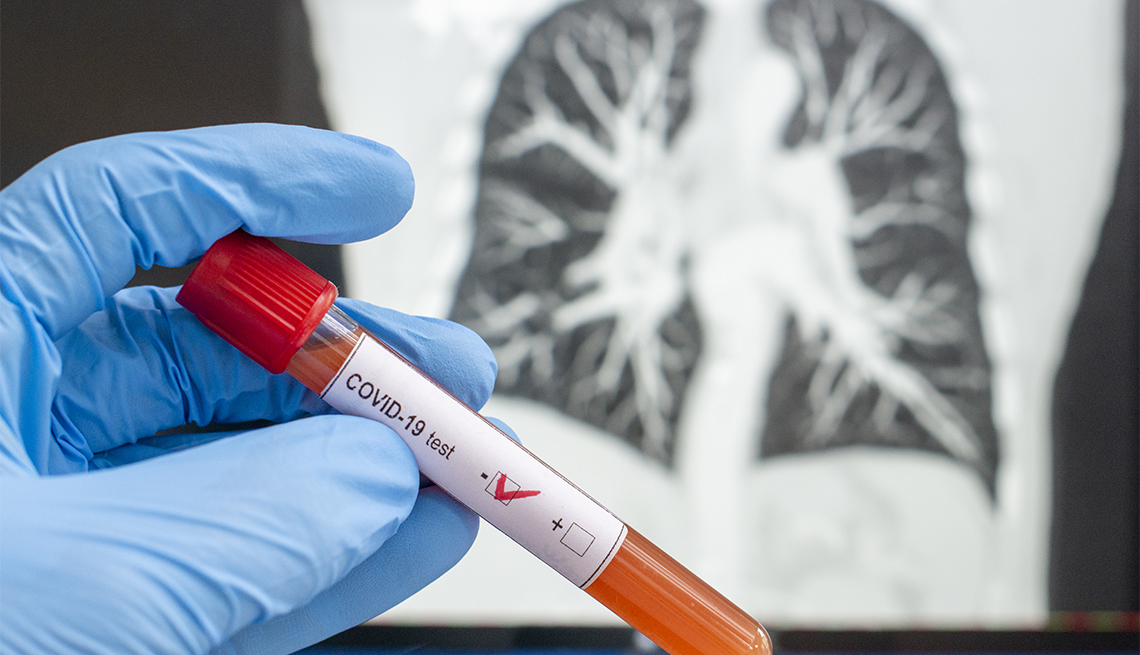Staying Fit
On average, it takes 5.1 days from the point of infection before the onset of symptoms of COVID-19, according to the latest estimates by researchers studying the epidemiology of the new coronavirus.
The finding suggests that Centers for Disease Control and Prevention (CDC) recommendations for 14-day active monitoring, or quarantine periods, of persons potentially exposed to the virus are reasonable. The researchers also estimated that only 101 in 10,000 individuals infected by the virus would develop symptoms after 14 days.


AARP Membership— $12 for your first year when you sign up for Automatic Renewal
Get instant access to members-only products and hundreds of discounts, a free second membership, and a subscription to AARP the Magazine.
“We found that the current period of active monitoring recommended by the U.S. Centers for Disease Control and Prevention (14 days) is well supported by the evidence,” the researchers said in the study.
The study, published in the journal Annals of Internal Medicine, was based on data from 181 cases with confirmed COVID-19 viral infection detected outside Hubei province before Feb. 24. The outbreak of the COVID-19 virus was first reported in the central China province in December.


More on Coronavirus
Justin Lessler, an infectious disease epidemiologist at the Johns Hopkins University Bloomberg School of Public Health and one of the study’s authors, noted that the incubation period is useful in considering the length of time a person potentially exposed to the virus should be monitored, and not how long a person with confirmed COVID-19 should be isolated.
In a separate study, researchers analyzing data from early cases of COVID-19 from Hubei found that, among survivors of the disease, the virus can linger in their respiratory tract an average of 20 days, with the shortest observed duration of “viral shedding” being eight days and the longest 37 days. The results, according to the study published in the medical journal The Lancet, have “important implications for both patient isolation decision making and guidance around the length of antiviral treatment.”
The CDC recommends that any decision to discontinue home isolation for people with confirmed COVID-19 who are being treated at home should be made “on a case-by-case basis” in consultation with clinicians and public health officials. The CDC also cautions against discontinuing home isolation until two consecutive sets of throat and nose swabs — taken at least 24 hours apart — no longer show signs of the virus.
Peter Urban is a contributing writer and editor who focuses on health news. His freelance work has appeared in Scientific American, Bloomberg Government, and CTNewsJunkie.com.

































































